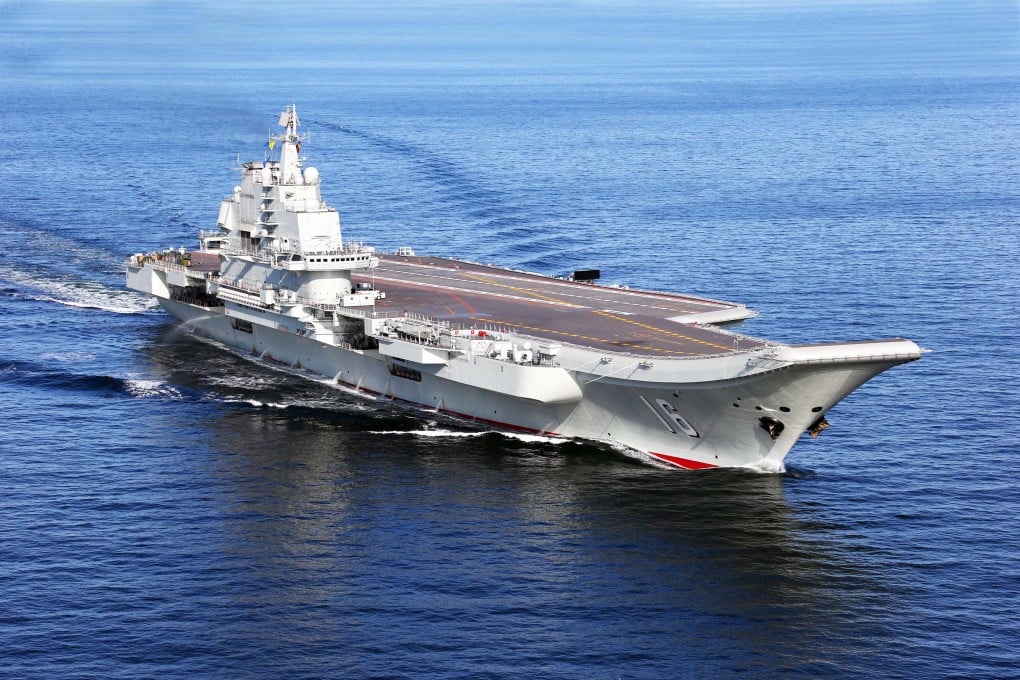PLA Navy in future will have world-class ships, but not the expertise to operate them, military observers say
Reliance on retired officers exposes serious shortfalls in staff training and promotions

The PLA’s recall of retired naval officers for recent maritime drills has exposed a deep shortage of talent in the ranks due to the military’s defective training and succession system, defence observers say.
More problems would come to light if nothing was done to rectify the outdated and bureaucratic methods of training and promoting staff as the People’s Liberation Army Navy expanded rapidly with more advanced warships and armaments, the experts warned.
China will have the world’s second-largest naval fleet by 2030 after the United States based on the aggregate tonnage of its modern surface warships, according to the Chinese-language Kanwa Defence Review.
The Canada-based magazine said China would have at least 12 advanced Type 052D missile destroyers and 22 multirole 054A frigates by next year, followed by other state-of-the-art vessels including two more home-built aircraft carriers, bringing the total tonnage to at least 500,000 tonnes.
A retired PLA senior colonel, who had spent much time in naval research but did not wish to be named, said many of China’s advanced vessels like the 052D destroyers were being sent to the South China Sea, where Beijing has territory disputes with its Southeast Asian neighbours.
In May, Beijing signalled in a defence ministry white paper a strategic shift to a more assertive military, transforming its navy from an “offshore defence” power to one committed to “open-seas protection”.
However, China’s naval academies could not meet the training requirements of a blue-water navy, and the US and other Western countries were reluctant to hold officer exchanges with their Chinese counterparts, Macau-based military observer Antony Wong Dong said.